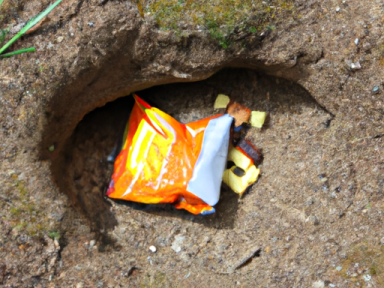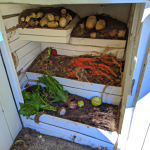
Tips on selecting, preserving, and hiding food caches for emergency retrieval
When it comes to survival and self-reliance, being prepared is key. In times of emergency, having access to food can be a matter of life and death. That’s why it’s important to create survival food caches that are well thought out and strategically hidden. Here are some tips to help you select, preserve, and hide your food caches for emergency retrieval:
Selecting the right food
- Long shelf life: Choose foods that have a long shelf life to ensure they will remain edible for an extended period. Look for items such as dehydrated fruits, vegetables, and meats, as well as canned goods.
- Nutritional value: Opt for food items that provide a good balance of nutrients to sustain your energy levels. Consider including items like nuts, seeds, beans, and whole grains.
- Easy preparation: Select foods that require minimal preparation and can be enjoyed without the need for cooking or refrigeration. This will be especially important in emergency situations where access to utilities may be limited.
Preservation and storage
- Vacuum sealing: Use vacuum sealing techniques to extend the shelf life of your food items. Vacuum-sealed packages are also more compact and easier to store.
- Mylar bags: Consider using Mylar bags, which are known for their durability and ability to block out light and moisture. This will help protect your food from spoilage.
- Rotate stock: Regularly check the expiration dates of your stored food and rotate your stock accordingly. Use and replace items to ensure you always have fresh supplies on hand.
Hiding your food caches
- Multiple locations: Instead of storing all your food in one place, spread out your caches in multiple locations. This will reduce the risk of losing all your supplies in case one cache is discovered or compromised.
- Camouflage: Hide your food caches in plain sight by disguising them as everyday objects or blending them into the natural surroundings. This will make them less conspicuous and less likely to be found by others.
- Underground storage: Consider burying some of your food caches underground. This will provide additional protection against the elements and make them harder to locate.
Remember, the key to surviving in an emergency situation is being prepared. By taking the time to carefully select, preserve, and hide your food caches, you are taking the necessary steps to ensure you and your loved ones will have access to vital sustenance when it matters most. Don’t delay, start crafting your survival food caches today!



GIPHY App Key not set. Please check settings